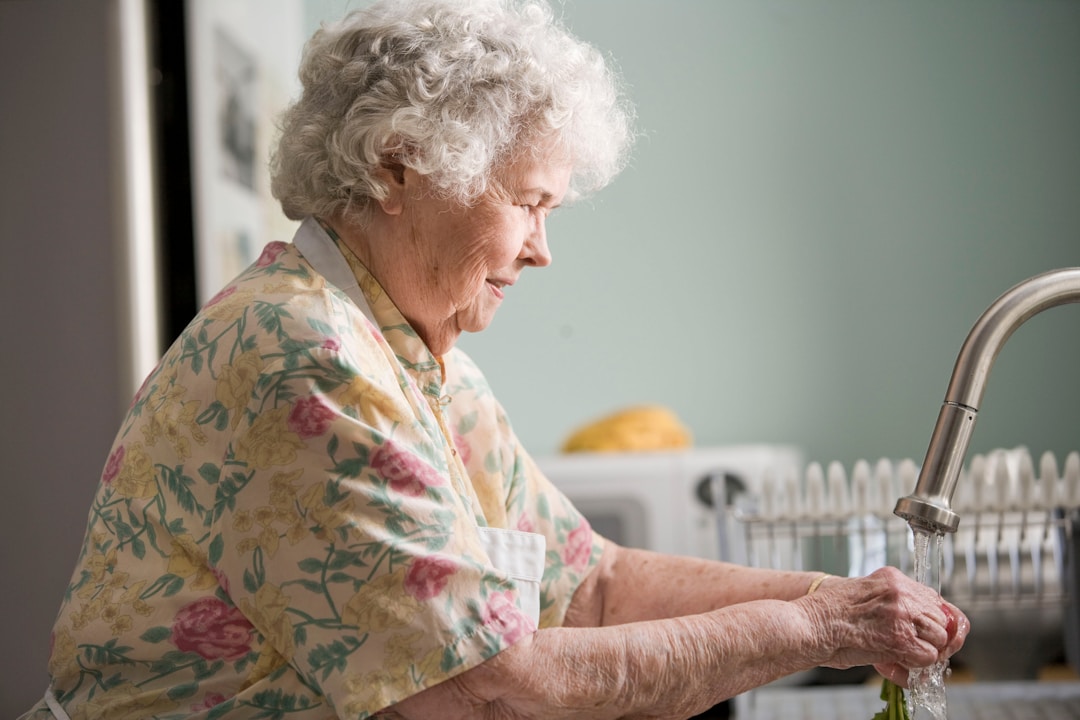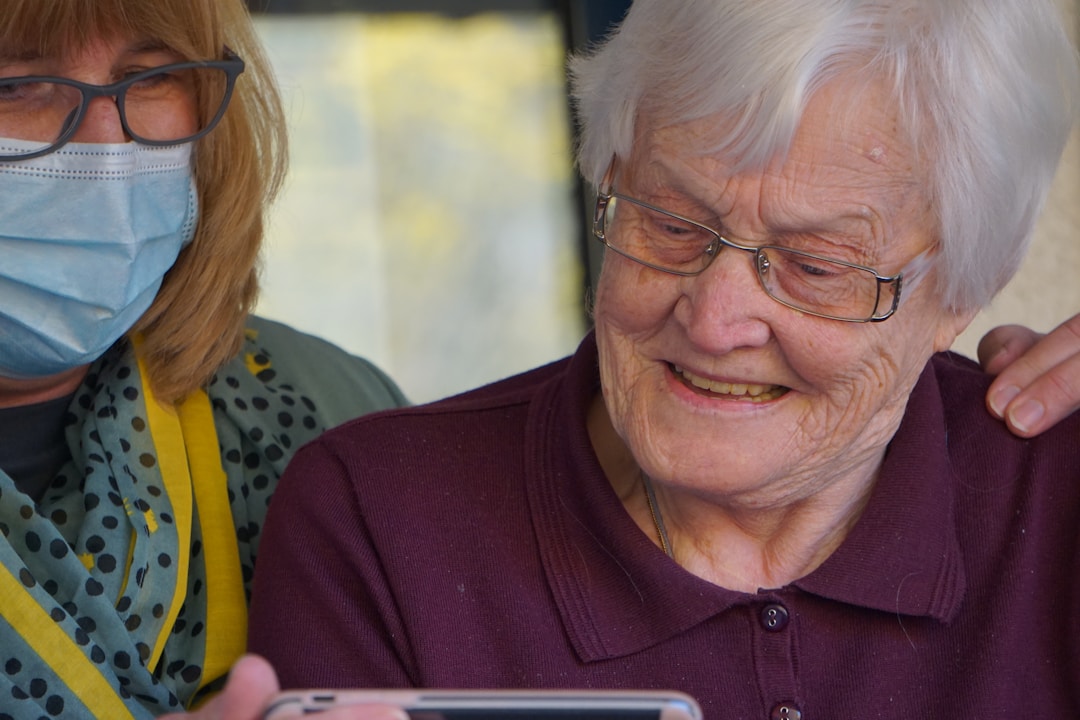There is a remarkable trend among the elderly population these days to grow old in the comfort of their own homes, a concept is commonly known as “aging in place”. This concept encourages independence and comfort while also promoting well-being and preventing inefficiencies. Incorporating smart technology, planning for home renovations, and organizing for home-delivered services become pivotal in aging in place. Let’s delve into this topic and explore its feasibility, associated challenges, and possible solutions. Keep reading!
Understanding the Concept of Aging in Place

The concept of aging in place is not entirely new but has seen considerable attention recently given our increasing life expectancy and desire for independence. Simply put, ‘aging in place’ means growing old in one’s own home rather than moving to a care facility. It’s a concept that respects the desires of those who wish to stay in their homes for as long as possible. The idea promotes dignity, autonomy, and the comforts of familiar surroundings.
However, this model is not without challenges. Older adults may need assistance with daily chores, medical management, companionship, and transportation. These hurdles can be overcome by using various services. For instance, GoGoGrandparent Review shows how technology can bridge the gap, enabling older adults to use on-demand services without smartphones. The simplicity of the platform makes it easy for older adults to request rides, whether it be for a medical appointment, grocery shopping, or any other destination. By eliminating the need for smartphones and apps, GoGoGrandparent ensures that seniors don’t have to deal with any technological barriers.
Available Services and Technologies

While the physical adaptation of a home is one part of the solution, there are services and technologies available that can be tailored to complement the care needs of elderly individuals. On-demand services, for instance, are excellent tools for providing transportation, meals, groceries, home care services, and more. Simple devices, like fall detectors and health monitoring wearables, can also provide crucial data on the health status of the person living alone.
In essence, embracing such services can make aging in place a viable, comfortable, and safer choice. In fact, a prominent example of such support is the assisted living nursing services. These professional services provide in-home nursing care, which can be of significant aid to those aging in place. These services act as an outside support system. Food and grocery delivery services prevent the dangers related to cooking or driving to the store. Home care services can assist in personal care activities. Home health care can be arranged to monitor health status, manage medication, or provide physical therapies.
Adapting the Home

Effective aging in place begins with making certain home adjustments to accommodate the changing needs. This could be as simple as installing grab bars in the bathroom and removing tripping hazards, to complete renovations like adding ramps for wheelchair access, replacing traditional bathtubs with walk-in tubs, or even installing an elevator. Admittedly, making these changes takes time, foresight, and resources, but can improve the quality of life and improve safety.
Identifying the possible risks and obstacles and mitigating them early on is critical in the attempt to adapt to the home. For example, slippery surfaces can be replaced with nonskid ones, floor mats can contain edges to prevent tripping, and doorways and aisles made wider for wheelchair access. Brightening the household can also maintain visibility. Kitchens and bathrooms, high-risk zones for older adults, should be looked at more closely. Updating these spaces can even add value to the property.
Such modifications not only facilitate easy mobility and safety but also foster the confidence of the elderly to perform independent living activities. They could even potentially reduce the need for 24-hour care or frequent interventions from health professionals. It’s a rewarding, albeit challenging task, but the results can immensely benefit older adults who are committed to aging in place.
As you can see, aging in place is a beautiful concept that can provide the elderly with a dignified, independent life in the comfort of their own homes. It does pose some challenges, but with careful planning, home adaptations, and the aid of various services and technologies, many of these challenges can be managed. Overall, the successful approach to aging in place is all about balance: balancing the wishes of the elderly with the practicalities of their needs, and balancing independence with the right amount of assistance.




